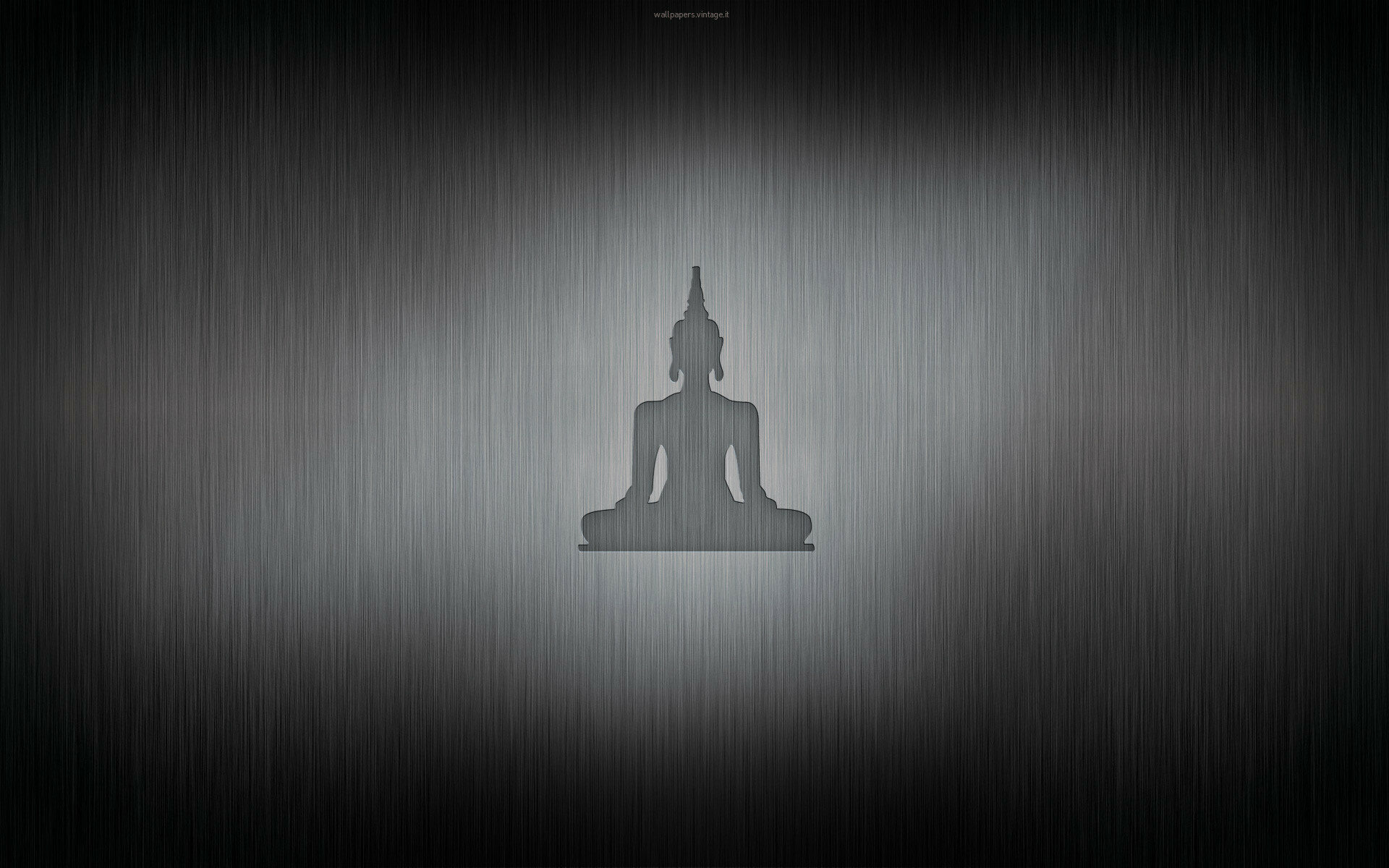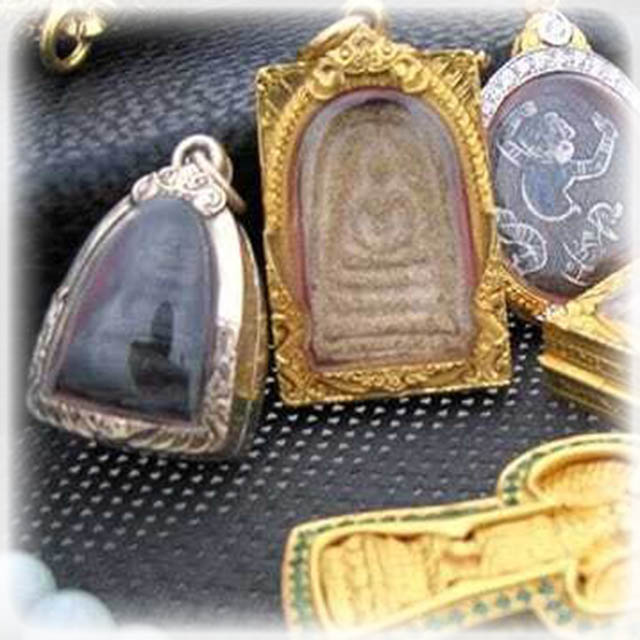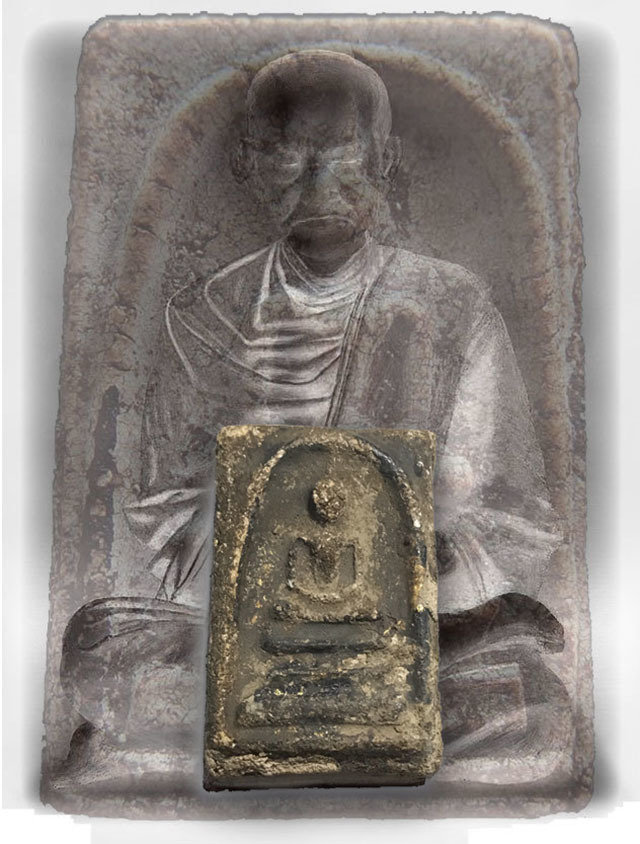Pure Thai Buddhist Amulets & Animist Occult Charms
Thai Buddhist amulets are believed to possess spiritual powers, attracting wealth, good fortune, and protection. While their perceived “magic” has roots in Brahmanic traditions, Buddhism views them as mere symbols, reminding individuals of the path of the Buddha and their commitment to it. Authenticity is crucial, as genuine amulets are blessed by monks and contain sacred materials of innumerable sorts and formulas.
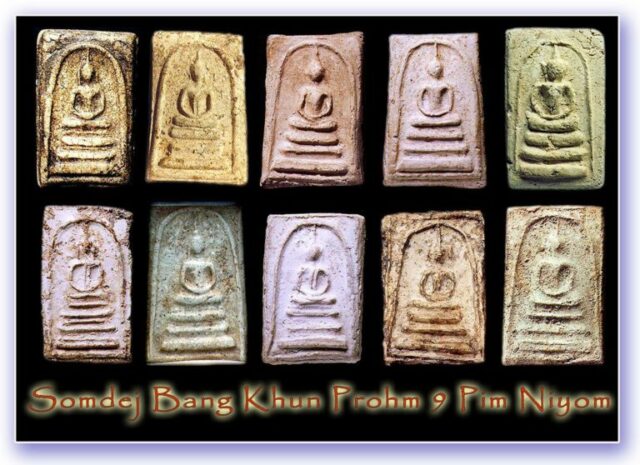
Characteristics of Thai Buddhist Amulets
Many Thai amulets contain Buddhist imagery, reminding wearers of the path of the Buddha
Believed to attract wealth, good fortune, and protection, but many other amulets can be viewed to to have their roots of perceived “magic” in Brahmanic traditions.
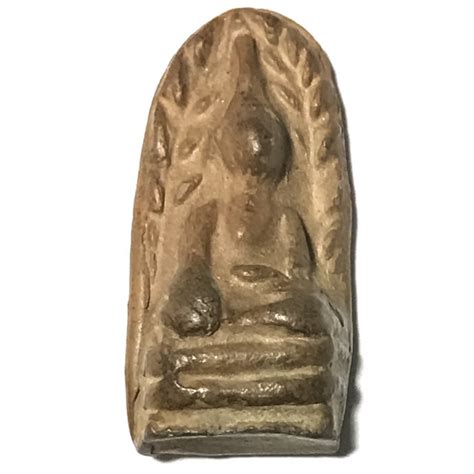
Buddhism considers amulets as mere symbols, not possessing actual powers. Authenticity, is considered to be ensured through the empowerment and blessing by monks, with Psychic Jhanic Meditative powers, prayers to the Deities, Bodhisattvas and Angelic Forces, and Spirits of earth Water Sky and Fire, Incantations, and use of sacred materials.
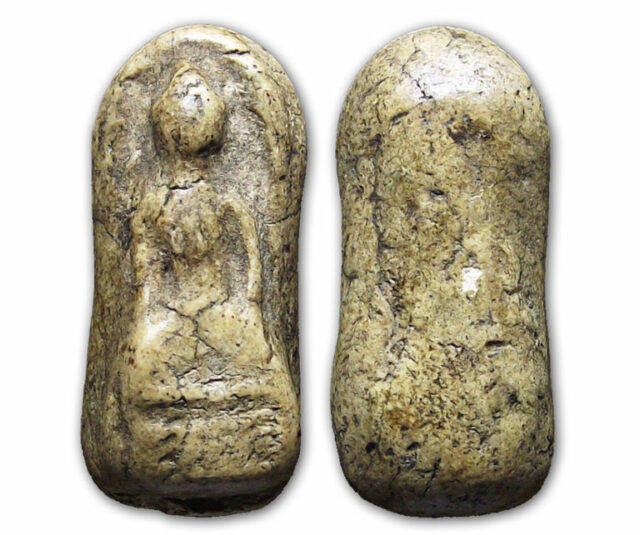
Types of Thai Buddhist Amulets
There are too many kinds of amulets to list all, but there are various main types of Thai amulet, which one can categorize as such:
- Buddha Pendants and Votive Tablets (such as Pra Somdej, Pra Pid Ta..)
- Statues
- Good Luck and Love Charms (Such as Ma Saep Nang, Jing Jork Gao Hang, and)
Ta the ‘King Butterfly’ amulet. - Talismans and Animist Charms (such as Bia Gae Cowry Shells, Tiger Fur, Deva Inhabited Treewood amulets..)
- Yantra-based amulets
- ‘Pha Yant’ Yantra Cloths (Blessed Sacred Geometry Spells on Linen)
- Amulets containing Sacred powder, such as dried herbs, one eyed coconut, sacred w2oods and elemental substances, gems, broken amulets of aged historical fame powdered down, Sacred earths, powdered bone, shell, ivory, meteorite, and many other substances such as sacred earths from various places, and Sacred Yantra Powders made by Buddhist Monks using thousands of spell inscriptions to make holy chalk.
- Sacred Herbal Oils, Necromantic Oils and Magic Potions and Balms (Lipgloss/wax)
- Lockets
- Takrut Scroll Spells
- Carved animist amulets
- Animal parts such as tiger fur, ivory, bone, elephant skin, skull-bone, deer, goat or buffalo horn, cat’s umbilical cord, dugong tears, coral, tiger and bear claw and teeth/fangs, elephant tail hair rings, and many other substances.
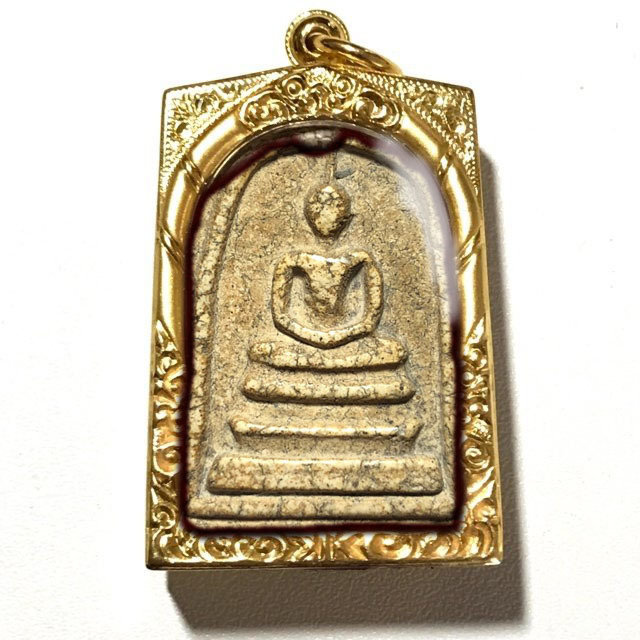
Authenticity and Value
Genuine Thai amulets are blessed by monks, lay-sorcerers and Ruesi Hermits, and contain sacred materials.
Experts can spot real markings of authenticity, and know the edition, or the history of each different amulet series, and their makers.
Look out for sellers promoting the luck/magic aspect over heritage; genuine sellers focus on promoting authentic resale markets and representing the Buddhist faith, and do not promise miraculous results beyond what is humanly possible.
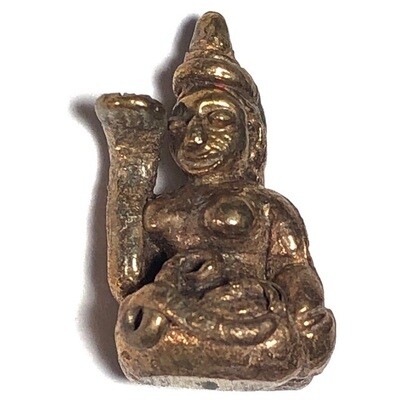
The True Value of a Thai Buddhist amulet, lies in the amulet’s history, materials, and blessing, rather than its perceived magical powers. This is however not to say that they possess no power. Thai amulets have carried fame for centuries if not a millenium and a half or more, that they possess immense power to protect and increase health, well-being, happpiness, and help in love affairs and professional success.
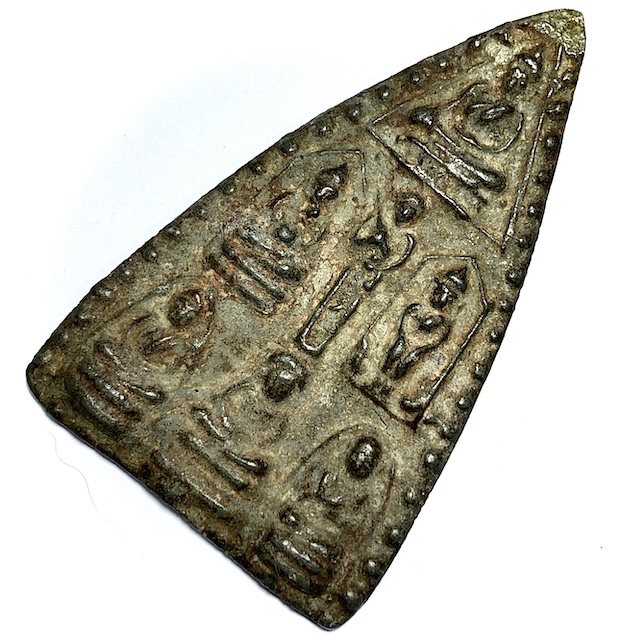
These magical attributes are said to be a combination of the powers of the mind of the monk or sorcerer who made the amulets, powers within the sacred substances used to make the material form of the amulet, as well as the blessings of the Devas and the Bodhisattvas and Buddhas, which the amulets are believed to carry within them, through the faith and meditation of the practitioner, meaning both the maker’s, and the wearer’s Faith.
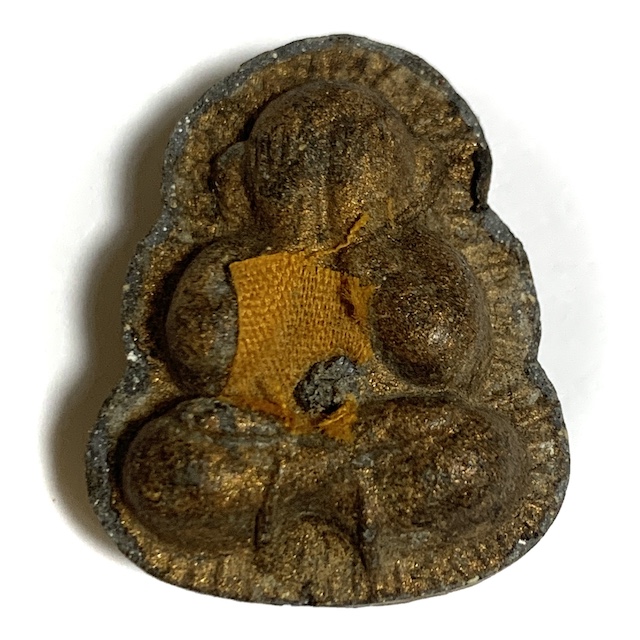
Thai Buddhist amulets are complex objects, blending spiritual and cultural significance. While their perceived “magic” is rooted in Brahmanic traditions, Buddhism views them as mere symbols. Authenticity is crucial, and genuine amulets are blessed by monks and contain sacred materials. Understanding the characteristics, types, and value of these amulets can help appreciate their significance in Thai Buddhist culture.
